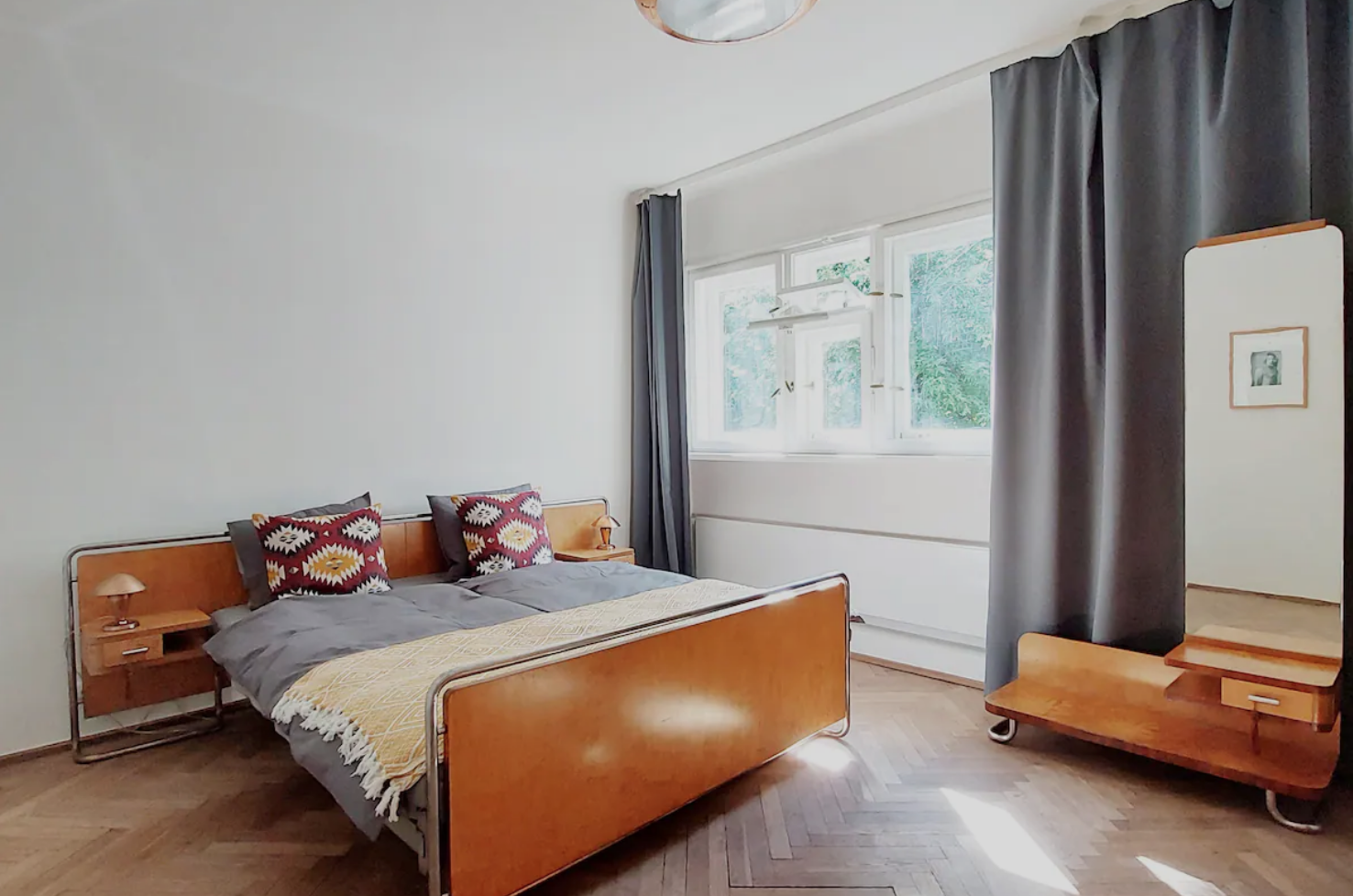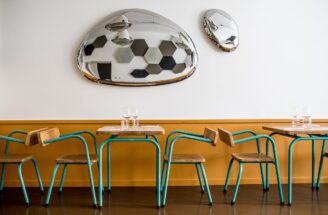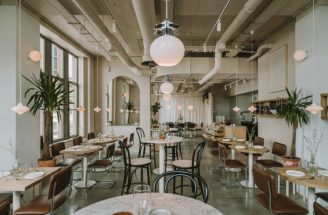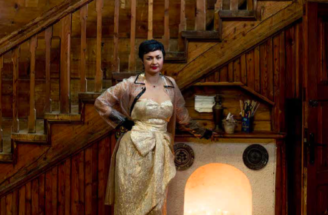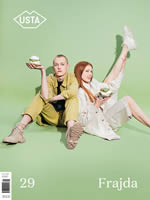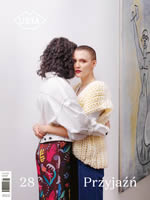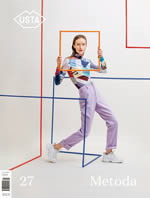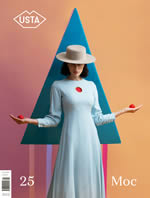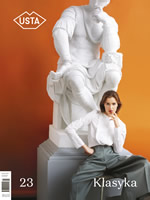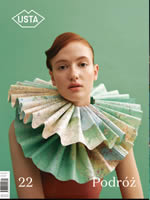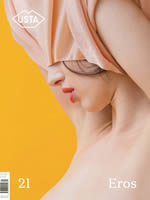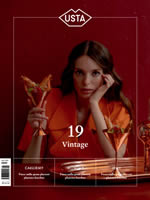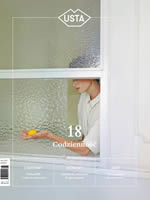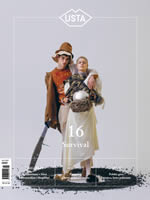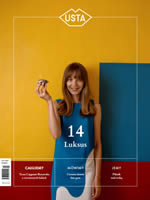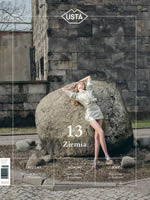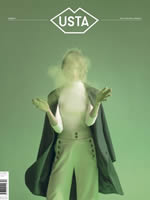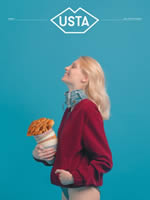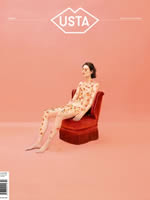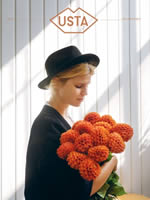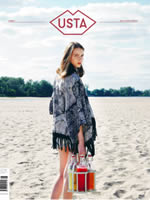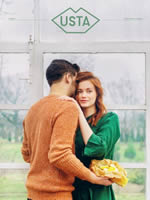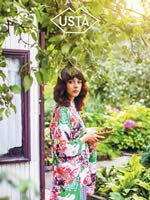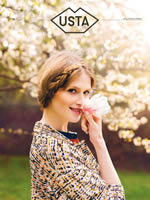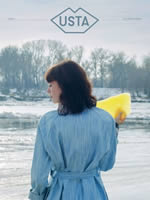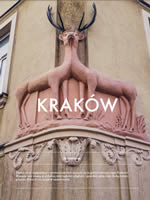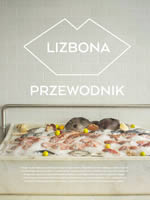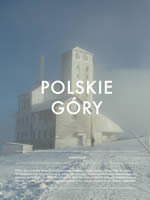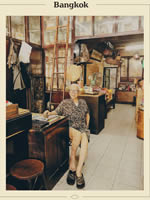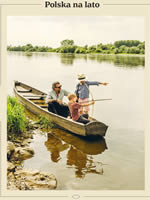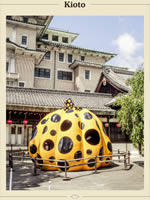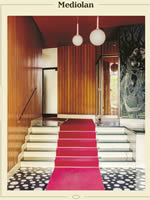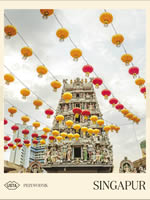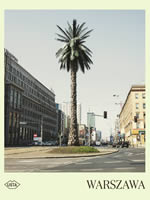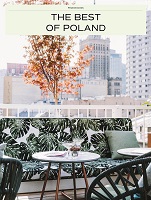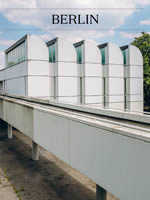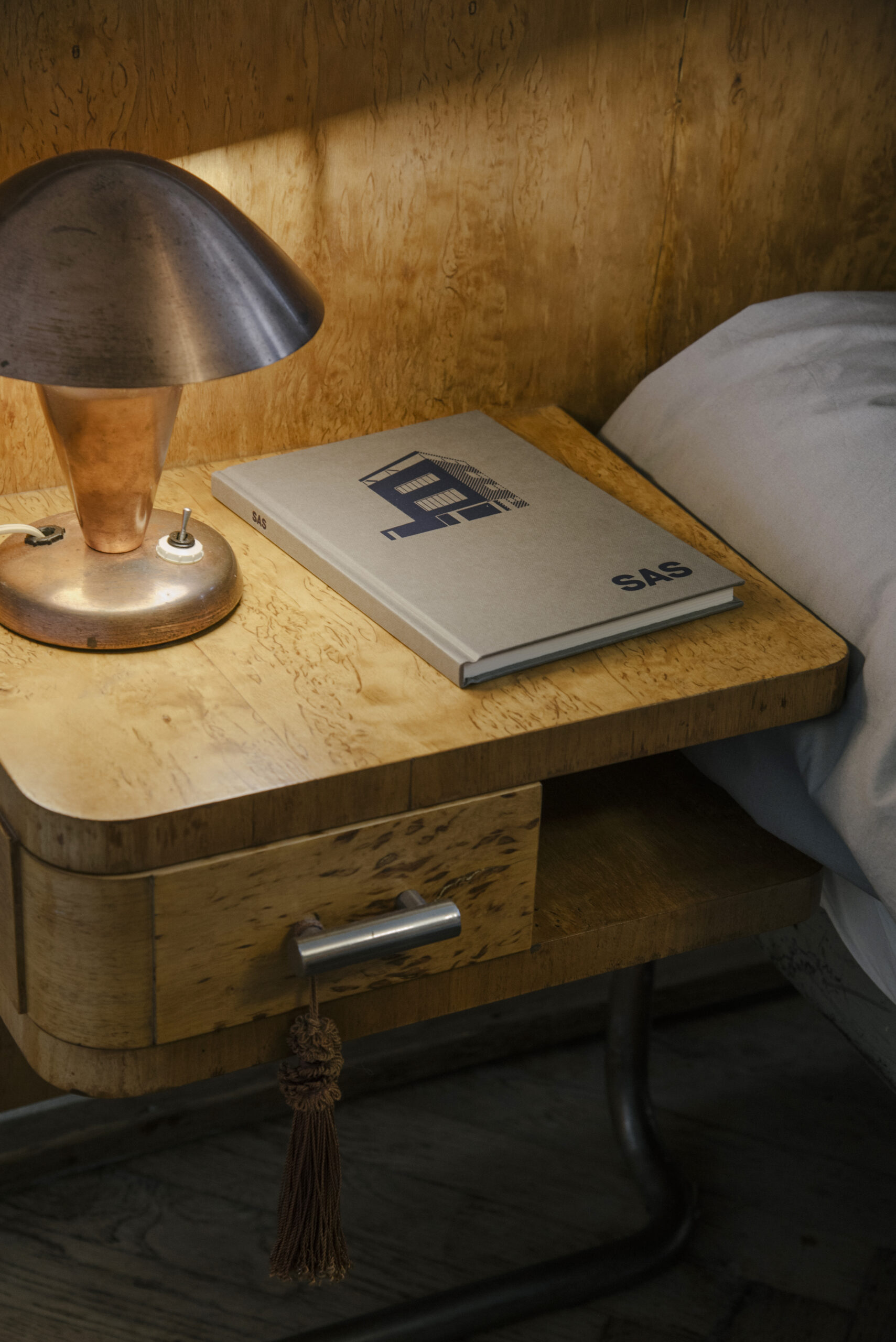
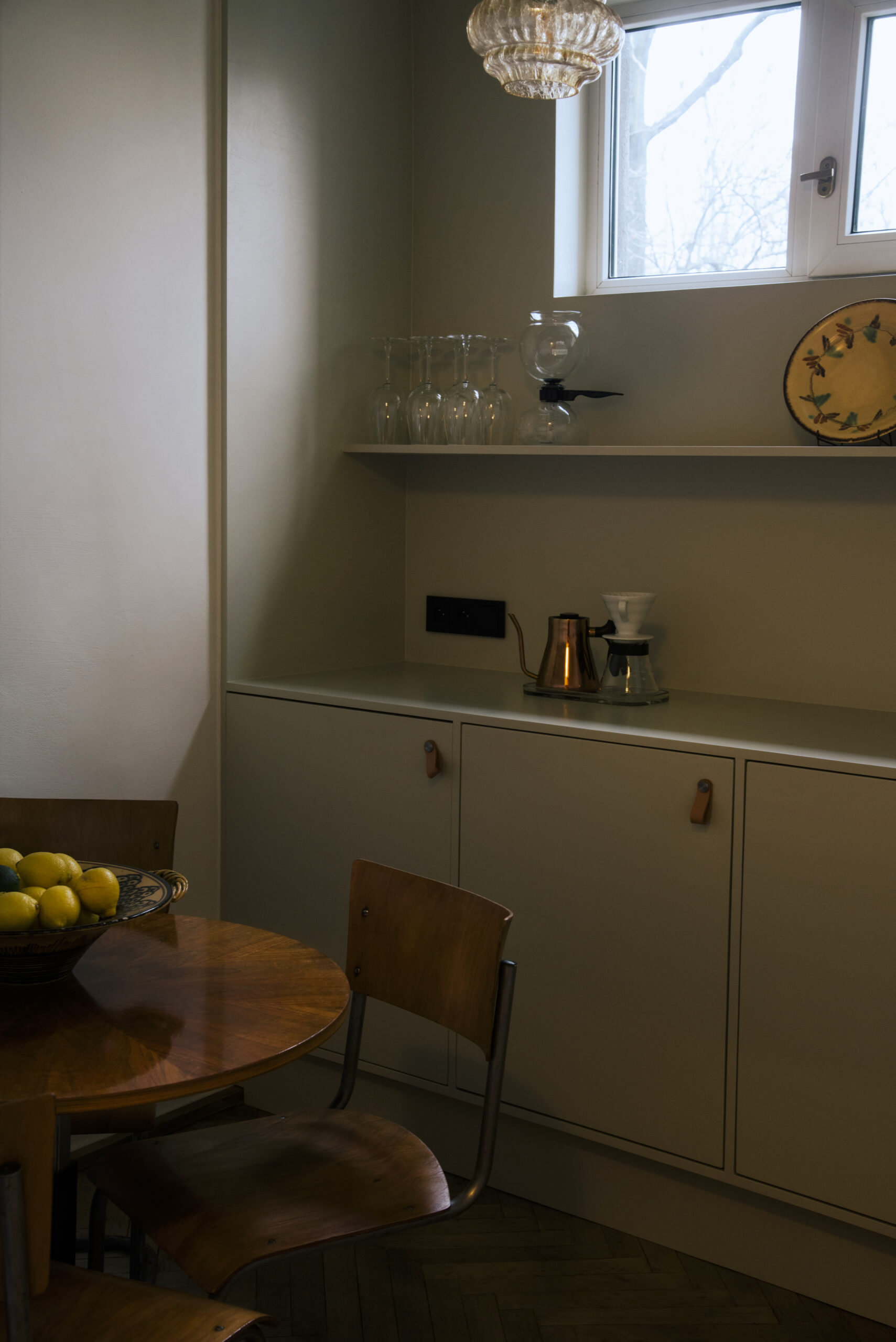
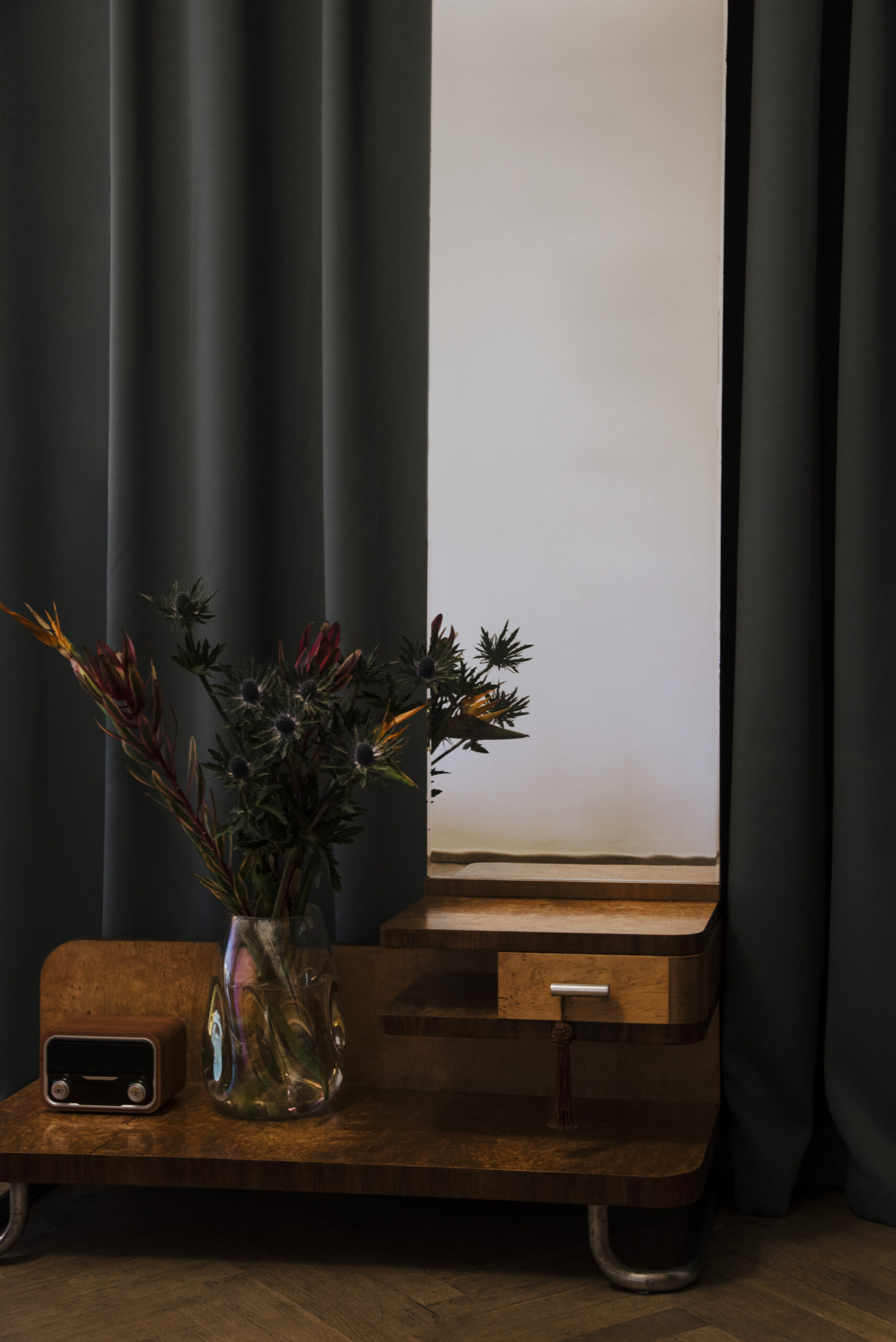
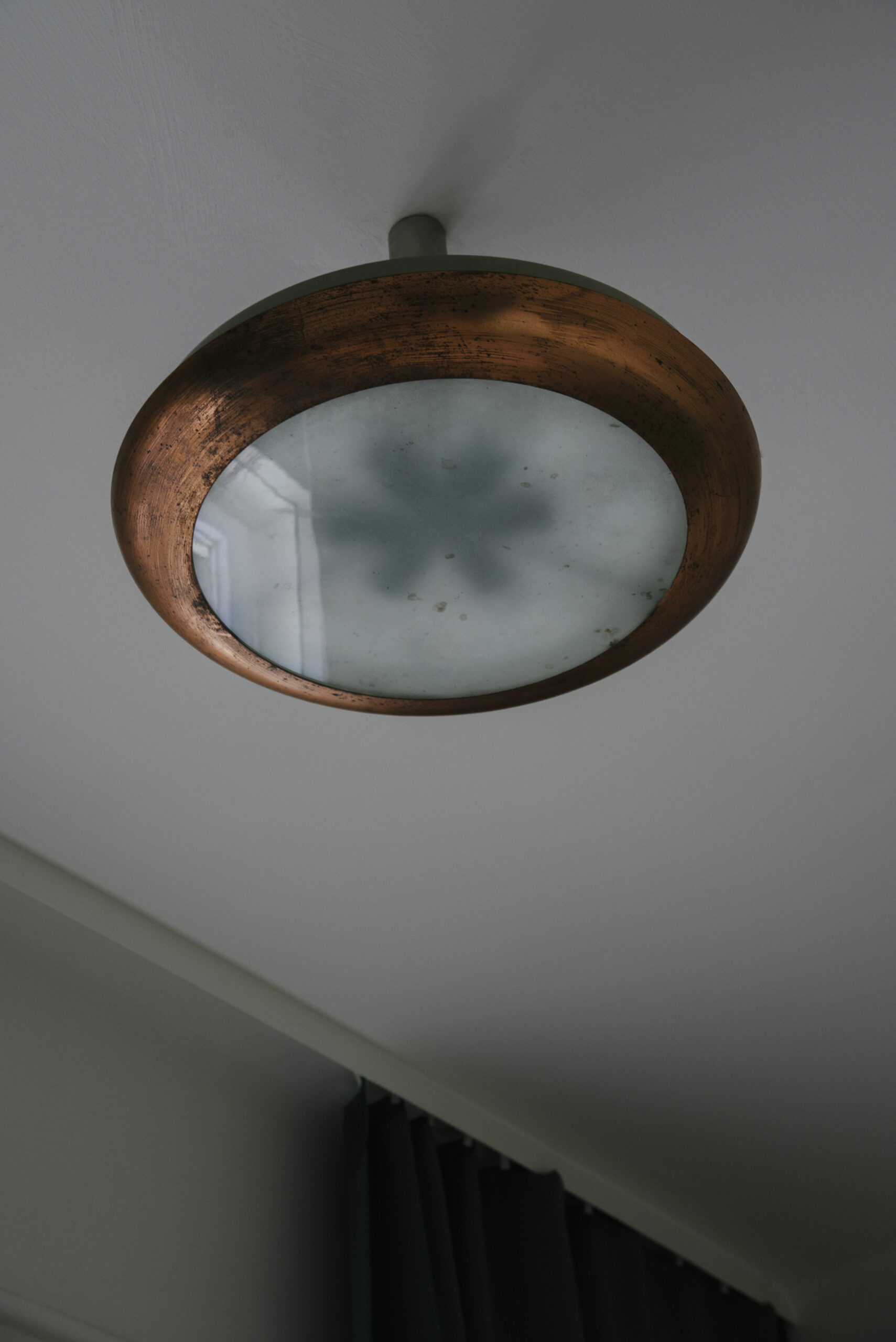
The Functional House was built in 1928 on the edge of the then dynamically developing Saska Kępa district. It was designed by the architect Czesław Przybylski (known as the author of, among others, the Polish Theatre, the Main Railway Station or the House without Edges) for his friend, the sculptor Mieczysław Lubelski. The architecture of the building belongs to the functionalist period and it is to
this style that it owes its name. The body of the building is reminiscent of another project by Przybylski, completed in the same year – the School of the Graphic Industry on Konwiktorska Street in Warsaw. In particular, the characteristic glazing of the sculptor’s studio (large north windows on the ground floor in the restaurant space) links the two buildings in a special way. The lower part was a studio and the upper part had residential functions.
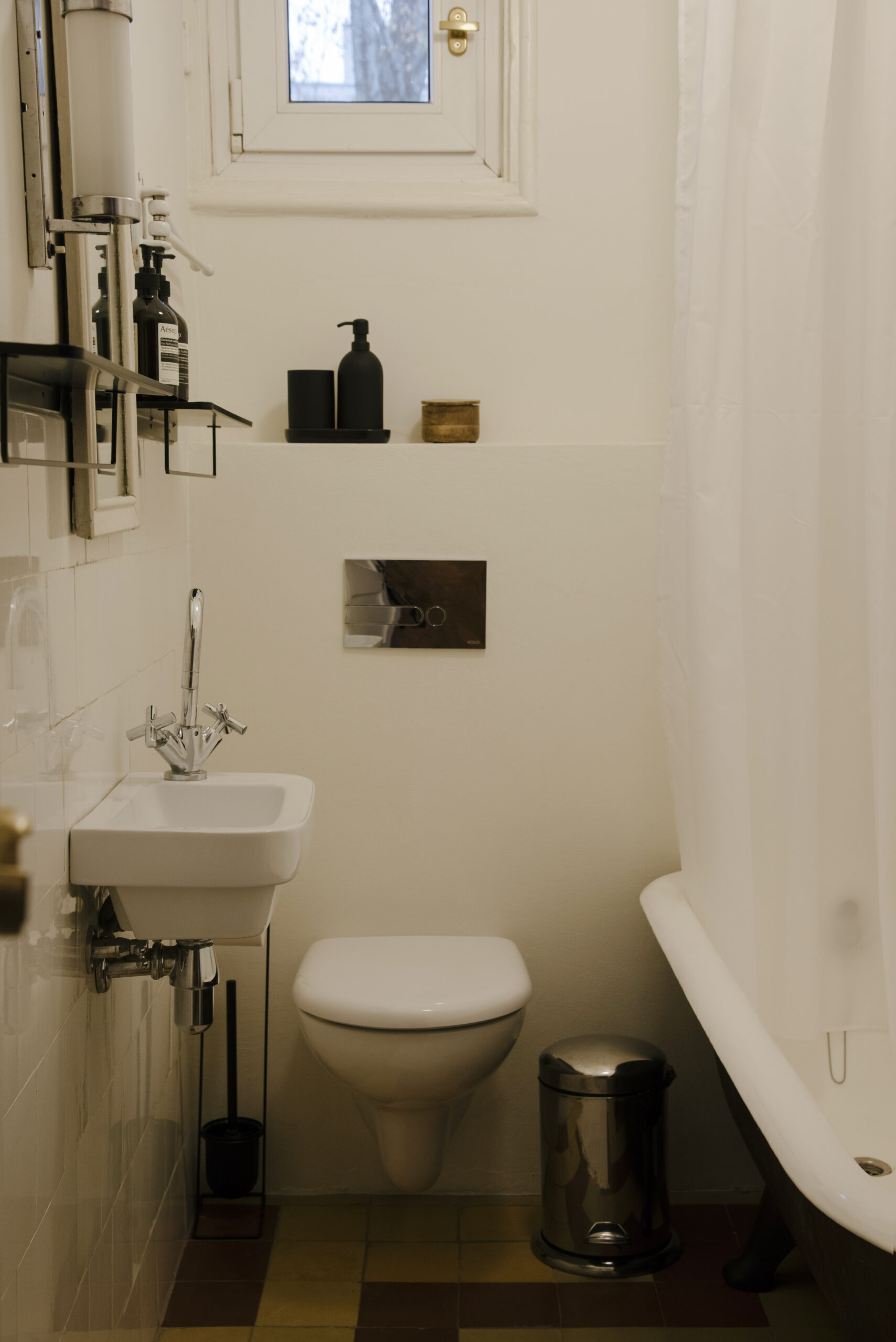
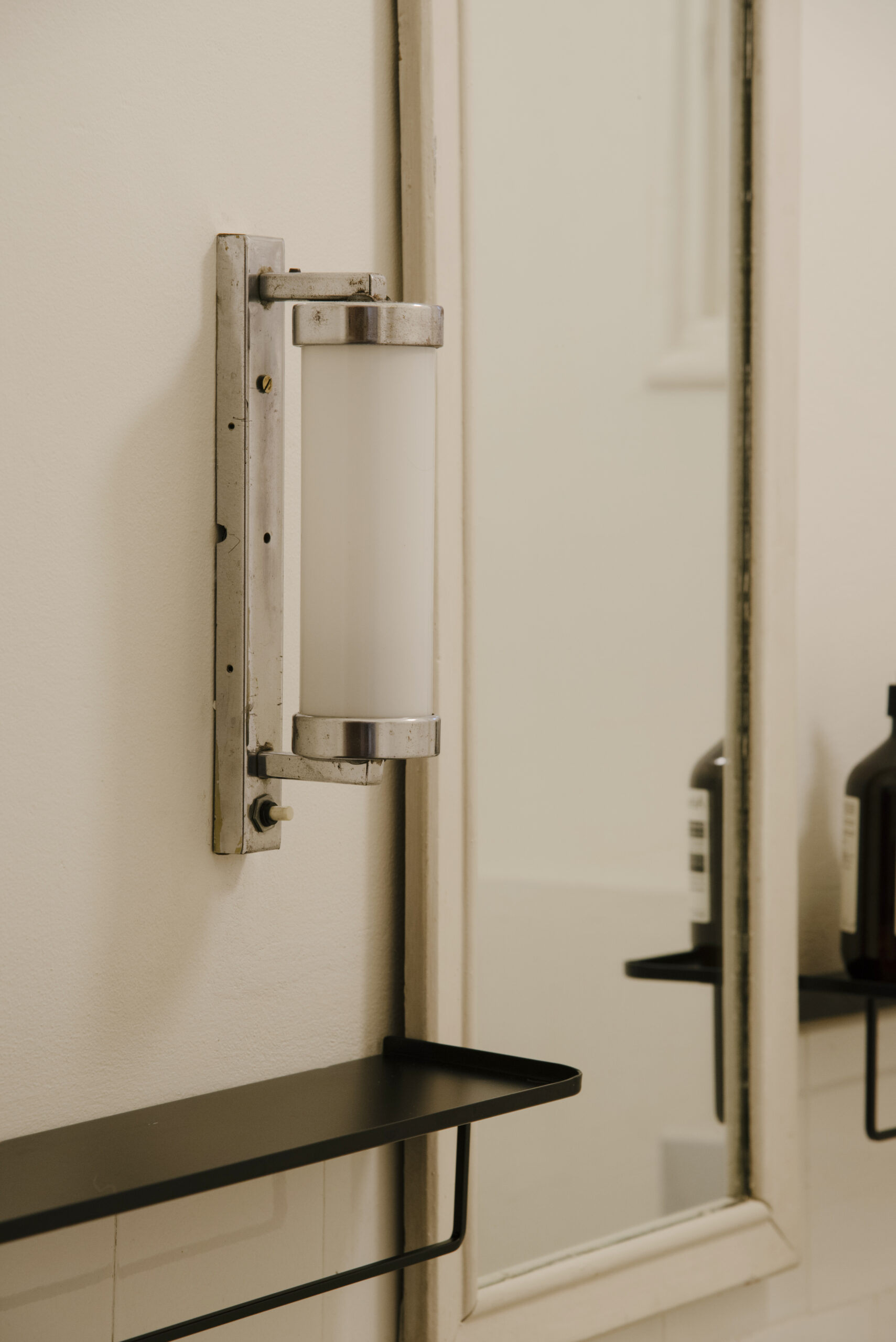
After the war, like most buildings in our country, it was taken away from its owners and seized by the State. However, it retained its artistic character, being the home and studio for many artists including Agnieszka Osiecka, Elżbieta and Emil Cieślar, Wiktor Gutt and Barbara Turkiewicz-Gutt. In 2011, the new owners – architect Wojciech Popławski and curator Lucyna Sosnowska took care of the revitalisation of the building, creating the Functional House. They wanted to preserve as many historical details as possible, but at the same time decided that the place would still be accessible to Varsovians. Between 2011 and 2018, it housed art galleries such as BWA Warsaw, Asymmetry and East. Since June 2018, the building has been home to the editorial offices of USTA magazine and Eden Bistro. Be sure to taste its vegan, avant-garde dishes,
which are served in dishes from small Polish ceramic workshops and show that plant-based cuisine can be unique. The top floor has an artist’s residence and a terrace with a beautiful view of the rooftops of Saska Kępa.
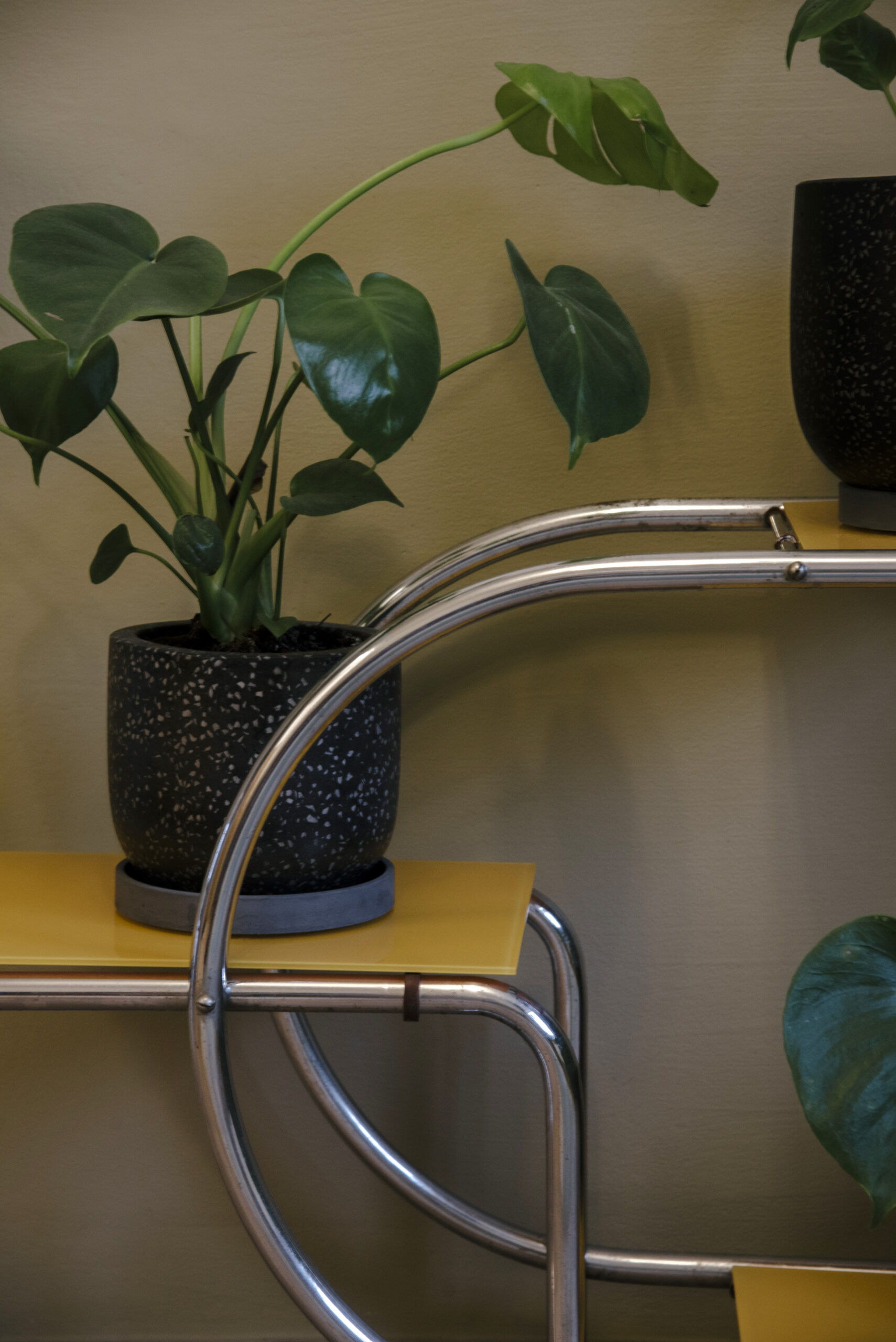
The Functional House is a listed building, so we have tried to restore the interior in a way that preserves as many original elements as possible, such as the windows, the tiles and bathtub in the bathroom, the wooden floor or elements of the electrical installation. The interior is complemented
by restored antique furniture.
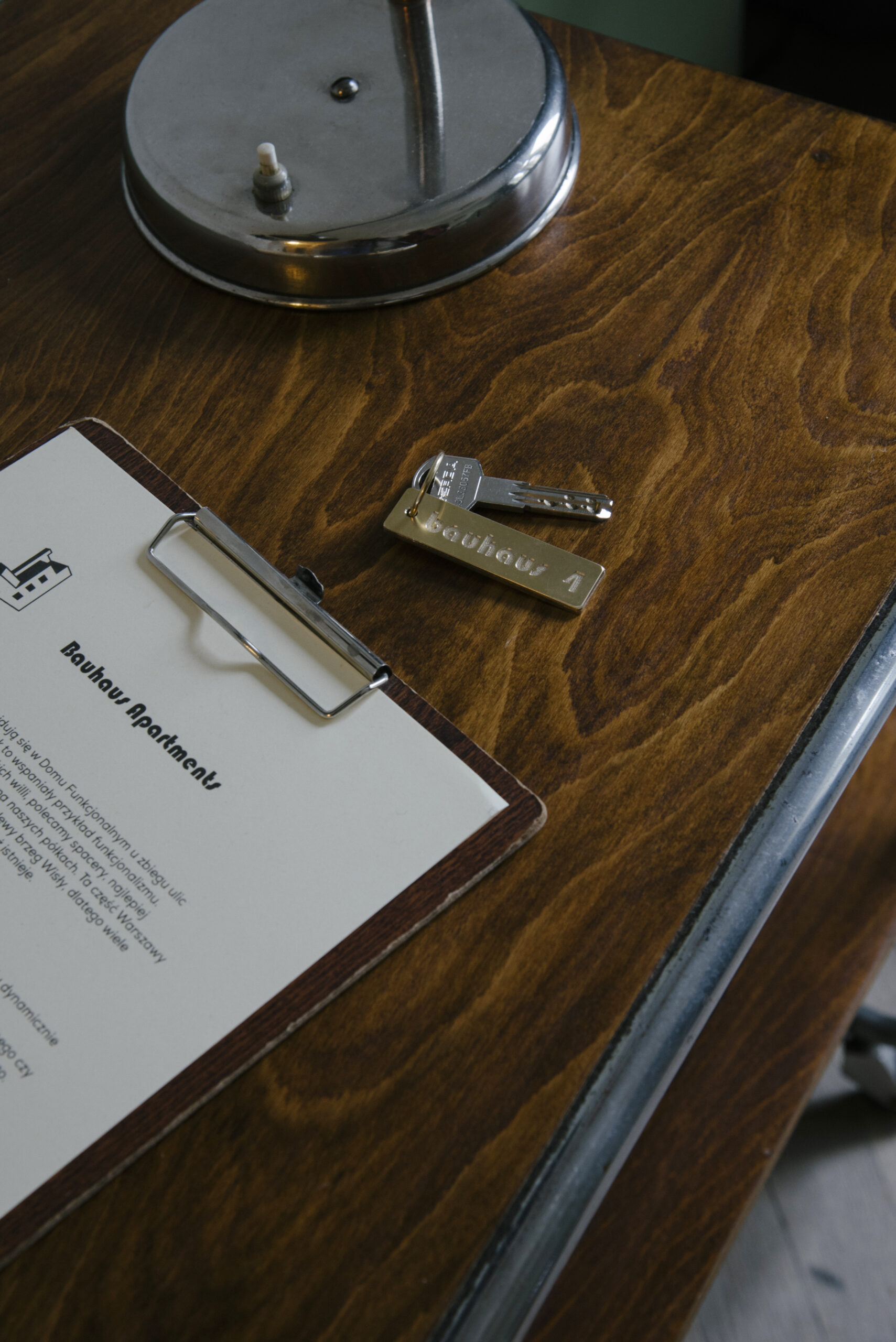
https://www.instagram.com/bauhaus_apartments/
Photos: Olga Urbanek
Share this entry on Facebook or copy link